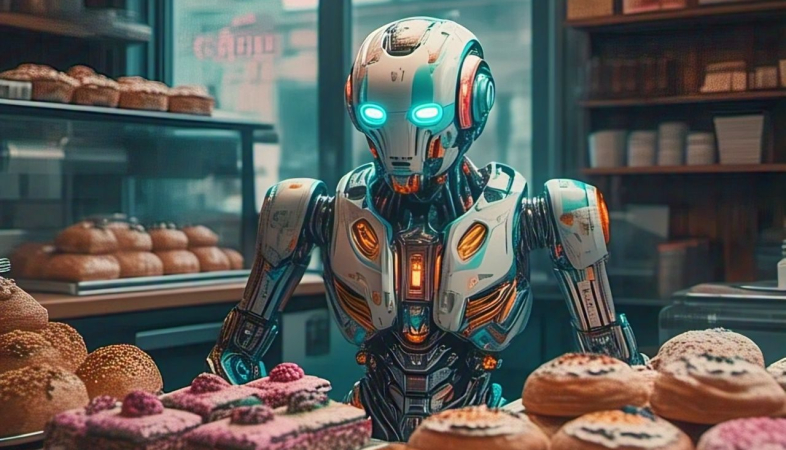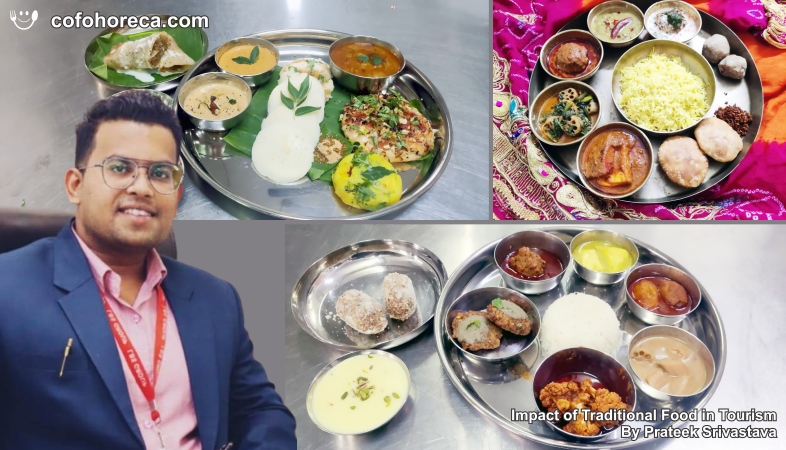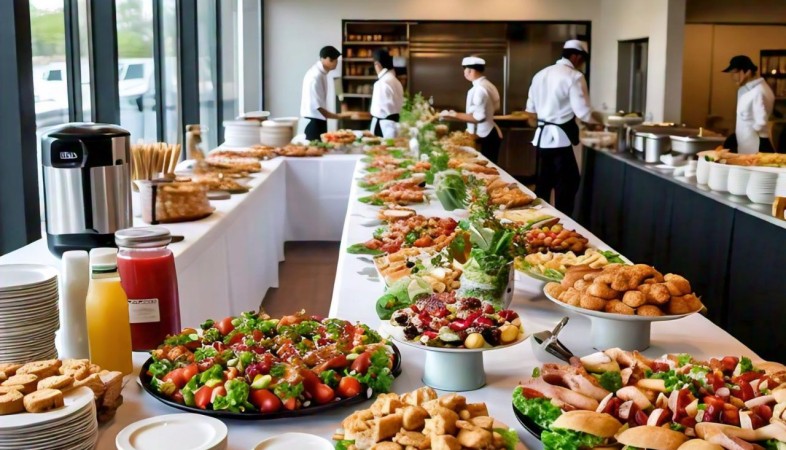Digital Menus & Dynamic Pricing: The Future of Restaurant Tech
Training staff to assist customers with digital menus and addressing concerns about fluctuating prices can further enhance acceptance.
Technology is revolutionizing the restaurant industry,
transforming how customers order, interact, and even pay for their meals. Among
the most exciting advancements are digital menus and dynamic pricing, which are
reshaping the dining experience by offering convenience, efficiency, and
personalization.
Digital menus have become increasingly popular due to their flexibility and ease of use. Unlike traditional paper menus, they allow restaurants to update pricing, add seasonal specials, and modify descriptions in real time. Whether accessed via QR codes, tablet-based systems, or mobile apps, these menus provide customers with detailed information, including high-quality images, allergen details, and even personalized recommendations based on previous orders.
One of the biggest advantages of digital menus is their ability to integrate with artificial intelligence and data analytics. Restaurants can analyze customer preferences, track best-selling items, and even suggest pairings based on order history. This enhances both upselling opportunities and overall customer satisfaction by making the dining experience feel more tailored.
Dynamic pricing, a concept widely used in industries like airlines and ride-sharing, is now making its way into the restaurant sector. With this strategy, menu prices adjust based on factors such as demand, time of day, ingredient availability, and even weather conditions. For instance, a coffee shop may offer discounted lattes during off-peak hours to attract more customers, while a steakhouse could increase prices on premium cuts during peak dining times.
By leveraging real-time data, restaurants can optimize revenue while maintaining customer engagement. Happy hour promotions, early bird discounts, and surge pricing for high-demand dishes become seamlessly integrated into digital menus, offering both value to customers and profitability for businesses.
Another major benefit of digital menus and dynamic pricing is sustainability. By reducing paper waste and enabling better inventory management, restaurants can minimize food wastage and make data-driven decisions on sourcing and menu design. Additionally, customers can pre-order or customize their meals efficiently, reducing wait times and improving kitchen workflow.
While these technologies bring undeniable advantages, successful implementation requires careful planning. Transparency in pricing changes is essential to maintain customer trust, and businesses must ensure that digital interfaces are user-friendly and accessible to all demographics. Training staff to assist customers with digital menus and addressing concerns about fluctuating prices can further enhance acceptance.
As the restaurant industry continues to embrace innovation, digital menus and dynamic pricing represent the next frontier in dining technology. They not only streamline operations but also create a more personalized and efficient experience for customers. In an era where convenience and adaptability are key, these advancements are poised to become the new standard in restaurants worldwide.
.png)





























